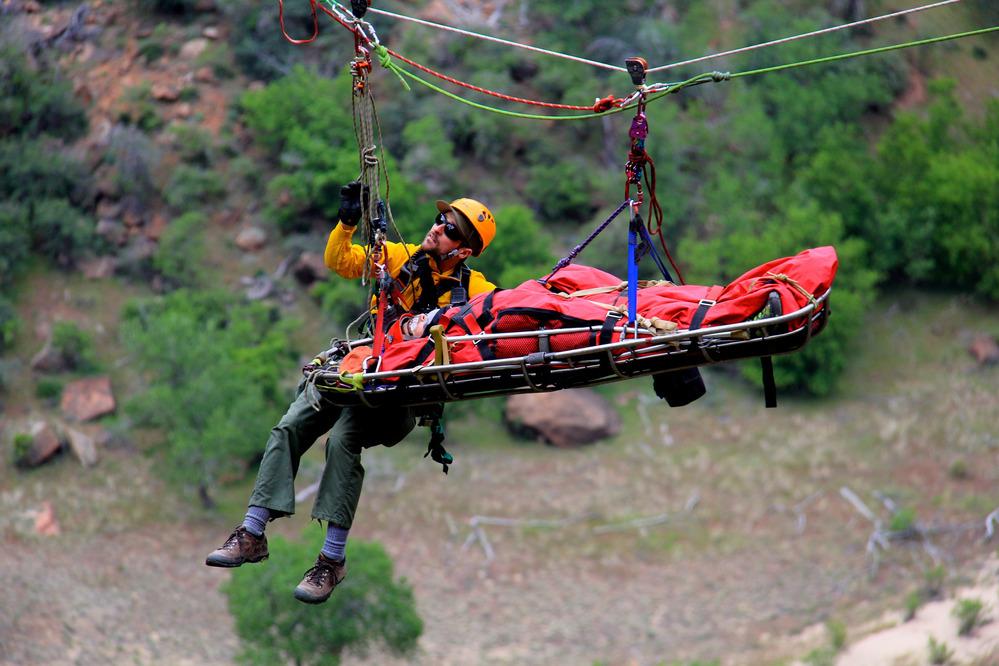
Search and rescue training exercise / NPS file
U.S. Senators Angus King (I-ME), the Ranking Member of the Senate National Parks subcommittee, and John Barrasso (R-WY), have introduced an act that would direct the Department of Interior to upgrade and modernize emergency communication systems in national parks. Called the Making National Parks Safer Act, it would introduce Next Generation 911 (NG911) technology to the Park Service.
NG911 technology allows the public to send photos, videos, and text messages to 911 operators, theoretically increasing speed, efficiency, and accuracy of emergency responses. It also allows emergency responders from different agencies and dispatchers to share real-time data instantly, according to 911.gov. The system uses digital architecture and software, rather than the decades-old analog infrastructure traditional 911 emergency systems use now.
Importantly for isolated national park units, the system will also allow call centers in parks that have lost power to forward data to any working call center.
“People travel from every corner of the world to connect with America’s incredible natural beauty and to make memories that last a lifetime,” said Senator King in a statement. “However, when natural disaster strikes or an unexpected emergency occurs, we need to make sure that our visitors to the parks are safe. The bipartisan Making National Parks Safer Act would improve emergency reporting and responding by upgrading the technology at National Park Service-operated emergency call centers. This legislation is an important step forward in improving the visitor experience at our public lands and serves as a proud reminder that stewardship of these lands is not a partisan issue.”
“Our country’s national parks receive hundreds of millions of visitors every year. Our public safety technology needs improvements and resources to ensure that visitors can continue to enjoy our national parks without worry,” said Senator Barrasso in the statement. “This bipartisan bill updates and modernizes 911 call centers and ensures visitors who may need assistance can be reached in an accurate and timely manner. These much-needed updates will improve our national parks and protect the safety of visitors.”
If the proposed bill makes it into law, first steps would be to determine the cost of implementing the plan, then consult with state and local emergency operations and stakeholders to begin implementation.
The Congressional Budget Office has not yet released an estimated cost of the plan.

 Support Essential Coverage of Essential Places
Support Essential Coverage of Essential Places






